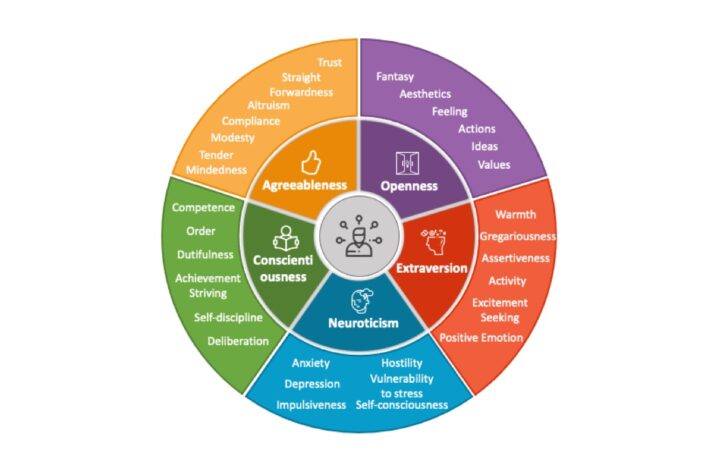“Vamos fazer um exercício de imaginação? Imagine que você queira projetar (criar) uma caneca nova. Uma caneca que ninguém nunca havia visto na vida. Uma caneca que é perfeita para tomar café, bem quentinho, e que mesmo assim, não queime a mão.
Bom, você está criando algo novo. Inovador. Feito para quem gosta muito de café. Mas, como você está criando algo que ainda não existe, como saber se está criando da forma certa?
Por exemplo, na Universidade Estadual de Ohio, eles tinham uma grande área verde entre os prédios, e precisavam pavimentar, construir os caminhos para que os estudantes não precisassem passar por cima do gramado.
Ao invés de construir um caminho qualquer, eles começaram a observar os estudantes, que passavam por lá diariamente. Com isso, os próprios alunos começaram a danificar o gramado porque passava todo dia ali. E, assim, descobriram qual era o caminho mais natural e perfeito para se construir, com base nos próprios caminhos feitos pelos estudantes.
Então, observe os serumaninhos, e como hoje tomam café, como seguram na caneca, os maiores problemas, o comportamento, e crie designs para uma boa experiência humana.”
🇺🇸 English version
“Let’s do an imagination exercise? Let’s say you want to design a new mug. A mug that no one had ever seen in their lives. A mug that is perfect for drinking coffee, very hot, and that still doesn’t burn your hand.
Well, you are creating something new. Innovative. Made for those who love coffee. But since you’re creating something that doesn’t yet exist, how do you know if you’re creating it correctly?
For instance, at the Ohio State University, they had a big green area between the buildings, and they needed to pave, build the paths so that the students didn’t have to walk over the lawn.
Instead of building any path, they began to observe the students, who passed by it daily. With that, the students themselves began to damage the lawn because they walked over it every day. And so, they found what was the most natural and perfect path to build, based on the students’ own paths.
So, observe the little humans, and how they drink coffee today, how they hold the mug, their biggest problems, their behavior, and create designs for a good human experience.”
Watch more videos on Psychology applied to UX Design and cognitive biases on the Design From Human channel.
